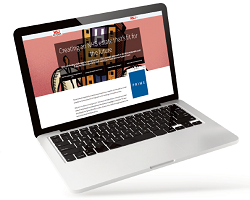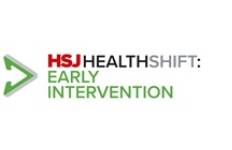Luscii’s Jonathan Lewis shares how live patient data, integrated into shared care and population health, could unlock prevention-first care at scale
Sponsored and written by
The NHS 10-Year Health Plan calls for a shift from hospital to home, analogue to digital, and cure to prevention. Achieving this means moving beyond retrospective data and building a live infrastructure that helps clinicians act early, not only once patients reach crisis. Remote patient monitoring (RPM) sits at the centre of that, representing a missing data set that can make prevention-first, population-scale care possible.
The power of live data
In acute care, no clinician would act on a month-old vital sign. Yet at system level, the NHS still relies on lagging information to plan services and allocate resources.
If live data can guide treatment for one patient, it can guide prevention for thousands more. How many rapid response nurses leave a housebound patient on a Friday afternoon unsure what will happen over the weekend? Live data could make that invisible risk visible.
During the covid-19 pandemic, Luscii helped Dutch hospitals monitor more than 100,000 patients remotely, managed by just eight doctors. That approach is now being applied across the NHS. In Wales, Luscii supports patients who call ambulances to be safely monitored at home, freeing ambulances for those who need them most.
Across Frimley and Dorset, integrated care systems are connecting Luscii’s real-time monitoring data with Graphnet’s shared care and population health platforms, creating a single flow of insight across settings and enabling timely action. As a result, Frimley has seen 40 per cent fewer emergency admissions, while Dorset has reduced hypertension treatment times by 70 per cent.
From open loop to closed loop: The future of care
Many NHS transformation programmes struggle to scale because they rely on persuasion to change behaviour. With a workforce of 1.5 million, this cannot deliver system-level impact. The NHS must be designed for mass adoption and change, not driven by one-on-one agreements.
The infrastructure exists to coordinate care using shared care and population health. What’s missing is consistent use of live data to optimise it. Remote monitoring can turn episodic care into continuous care, moving beyond “virtual wards” toward what might be called a hospital for health: a digital layer that keeps people well rather than waiting until they are ill.
This could mean spotting early signs of a COPD exacerbation, triggering an alert, and intervening before hospitalisation is needed. That model is now taking shape. Graphnet and Luscii are embedding live patient data into shared care records, turning static information into actionable workflows. Clinicians gain an integrated view of each patient, transformation teams can see demand as it develops, and systems move from retrospective reporting to active population management.
To achieve this, remote monitoring must be integrated into the NHS’s wider data ecosystem so shared care and population health platforms can show, in real time, how health is evolving across populations. Graphnet’s PHM system addresses this by stratifying patients into cohorts who can then be auto-onboarded onto Lusciis’s RPM solution. Better care for millions can be automatically enabled.
From data to decisions: creating space for care
Digital transformation succeeds only when it gives back capacity. Every innovation should answer one question: does it create space for care?
When clinicians can see who needs attention most, they spend less time searching for information and more time caring for patients. When systems can predict deterioration early, fewer people need hospitalisation.
Connecting live remote monitoring data with shared care and population health infrastructure is already delivering these outcomes across NHS regions, freeing clinical time, reducing admissions, and enabling earlier intervention.
The NHS may not need more data, but it must make better use of what it already has. Embedding live patient information at the heart of system infrastructure enables confident, timely decisions based on what is happening now.
By doing so, the NHS can turn digital transformation from an administrative challenge into what it was always meant to be: a way to restore capacity and create genuine space for care.
Visit the Luscii website for more information.





























